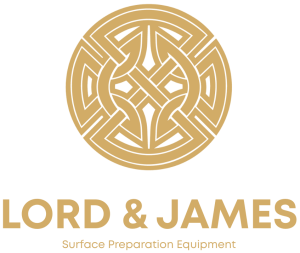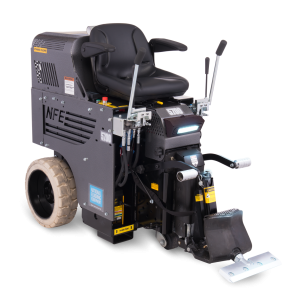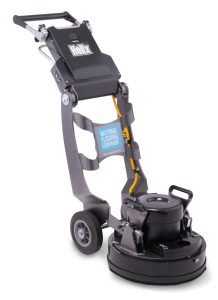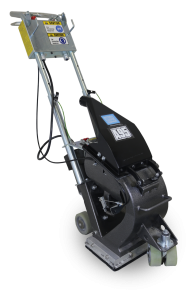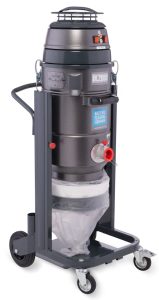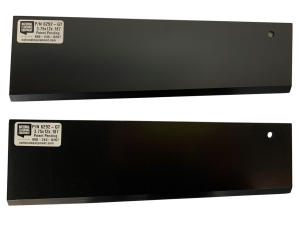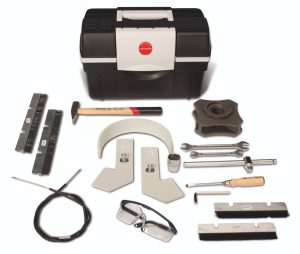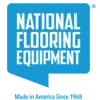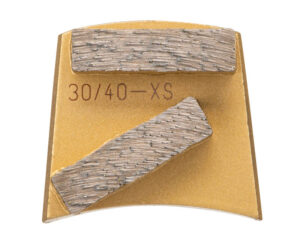Understanding and Reducing Silica Dust Exposure
Crystalline silica is a naturally occurring mineral found in stone, concrete, sand, and mortar. When these materials are cut, ground, or cored, fine dust particles may be released into the air, and that’s where the risk begins.
Workers in construction, surface preparation, and concrete cutting are especially at risk of exposure to respirable crystalline silica (RCS), which can lead to serious long-term health issues such as silicosis, chronic obstructive pulmonary disease (COPD), and even lung cancer.
The good news? With the right dust control measures and PPE, you can dramatically reduce these risks. Always wear an appropriate respiratory mask (FFP3 rated or equivalent) when working in dusty environments, and ensure your setup includes a high-performance dust collector suited to the task at hand.
Using the Right Dust Collector
Not all dust collectors are created equal. Across the UK and Europe, dust extractors are classified based on the level of hazard they can safely manage:
- L-Class (Low Hazard) – Suitable for capturing general, non-toxic dust.
- M-Class (Medium Hazard) – Designed for moderately hazardous materials, such as wood dust or concrete dust with lower silica content.
- H-Class (High Hazard) – Required for the collection of high-risk dusts, including respirable crystalline silica. These machines are essential for dry concrete cutting, grinding, and polishing applications.
Always check that your dust collector meets UKCA/CE certification standards and is compatible with the tools you’re using. Pairing the right extractor with efficient filtration and regular maintenance helps protect both the operator and the working environment.
Why It Matters
Even a small amount of airborne silica can pose a significant health hazard. Effective dust management, combined with proper PPE, dust extraction, and good housekeeping, plays a major role in reducing exposure.
Understanding your dust class, matching it to the task, and taking proactive safety measures not only keeps your team protected but also helps you stay compliant with HSE and EU occupational safety regulations.
Dust Control You Can Trust
At Lord and James, we take dust control seriously. Our range of industrial dust collectors, including H-Class models, are engineered for maximum filtration efficiency, easy maintenance, and compatibility with a full range of surface preparation equipment. Whether you’re grinding, shot blasting, or removing coatings, our systems are designed to help you stay safe, compliant, and productive on every job.
